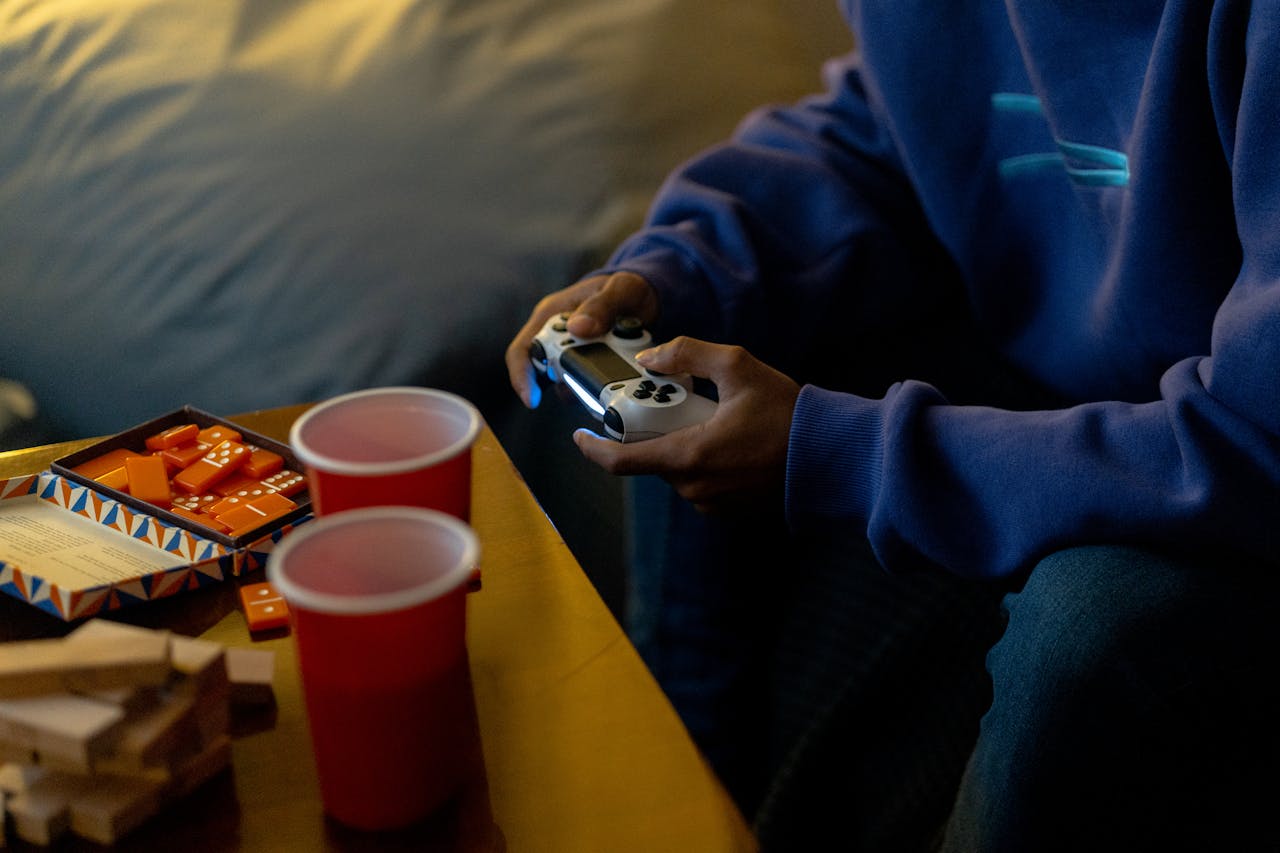Recent findings from a research study by 7JP offer a glimpse into how much the average player spends in online gambling, revealing the spending habits of the average casino player.
The research also compares online and offline gaming spending, examining the impact of education levels on gaming choices, and ultimately providing a summary that challenges conventional views on gamer spending.
By analysing in-game spending, we uncover the recreational aspect of online gambling and how economic dynamics impacts gaming.
Recent findings from 7JP highlight that a majority of gamers, approximately two-thirds (67%), spend R$50 (about US$10) or less each month on online and offline gaming. This spending underscores the recreational nature of real money games for most participants.
Interestingly, 19% of gamers limit their spending to under R$10, revealing a cautious approach to gaming expenses. Conversely, a smaller fraction, 7%, admit to allocating over R$200 monthly to their gaming pursuits, illustrating the wide spectrum of spending habits among players.
When isolating online gaming behavior, the data reveals a slight shift: 63% of gamers spend less than R$50, marginally lower than the combined online/offline statistic. Meanwhile, the proportion of those spending over R$200 drops to 9%, indicating that high spending is less prevalent in purely online scenarios.
This difference hints at the differences in spending habits in online platforms, suggesting a potentially more careful approach to in-game spending compared to the combined online/offline gaming experience.
A link has been observed between education levels and the demand for real money games. Notably, the majority of players, accounting for 48%, have at least completed high school, while university and college graduates constitute 44% of the player base. This distribution suggests that the market is not solely driven by one demographic but a broad appeal across various educational backgrounds.
The diversity of the player demographic is further highlighted by the steady shares among retirees, housewives, and students, each representing 7% of the gaming population. This variety indicates a slowly maturing market with growth potential, suggesting a future marked by stability and transparency.







Leave a Reply